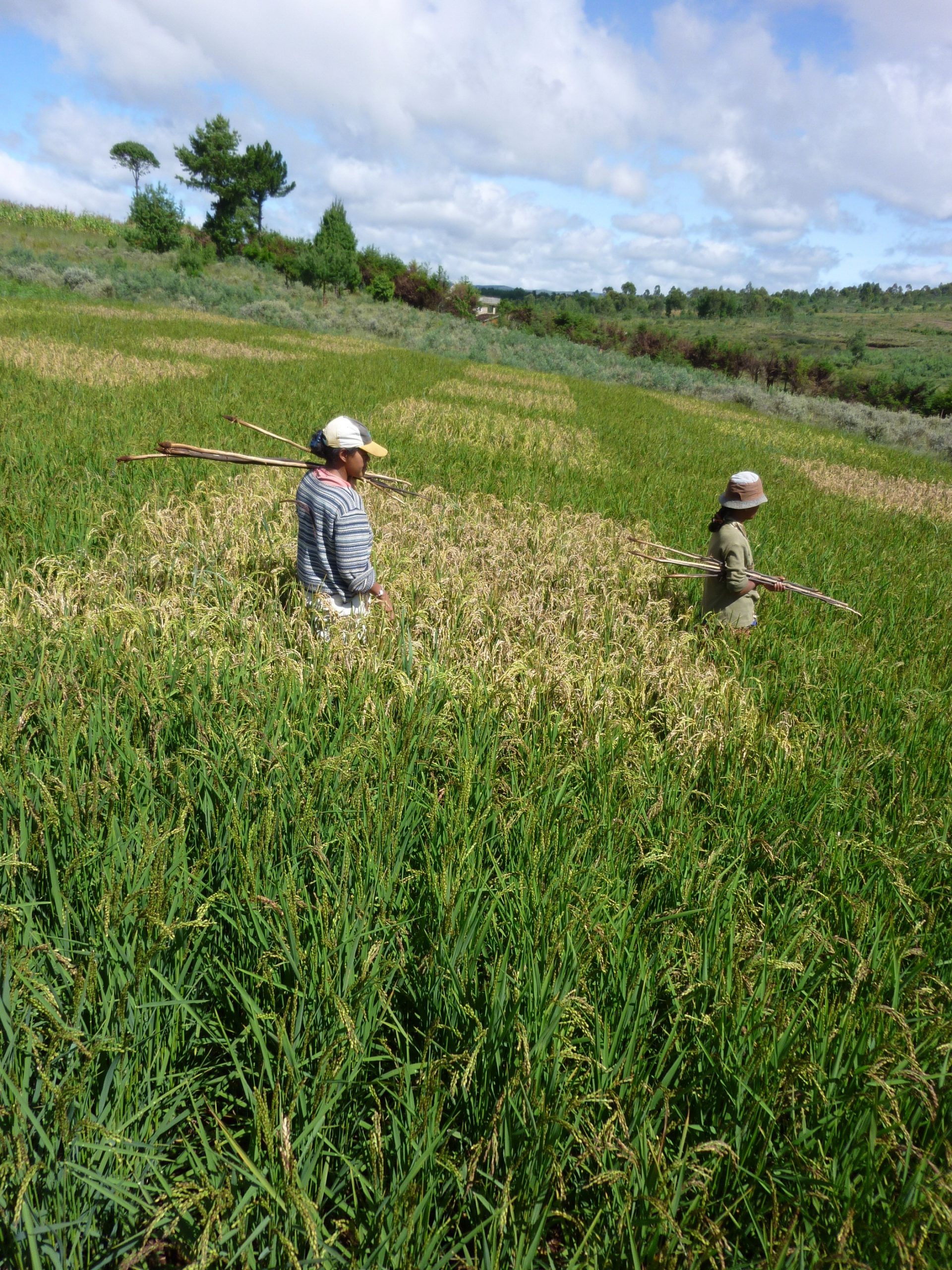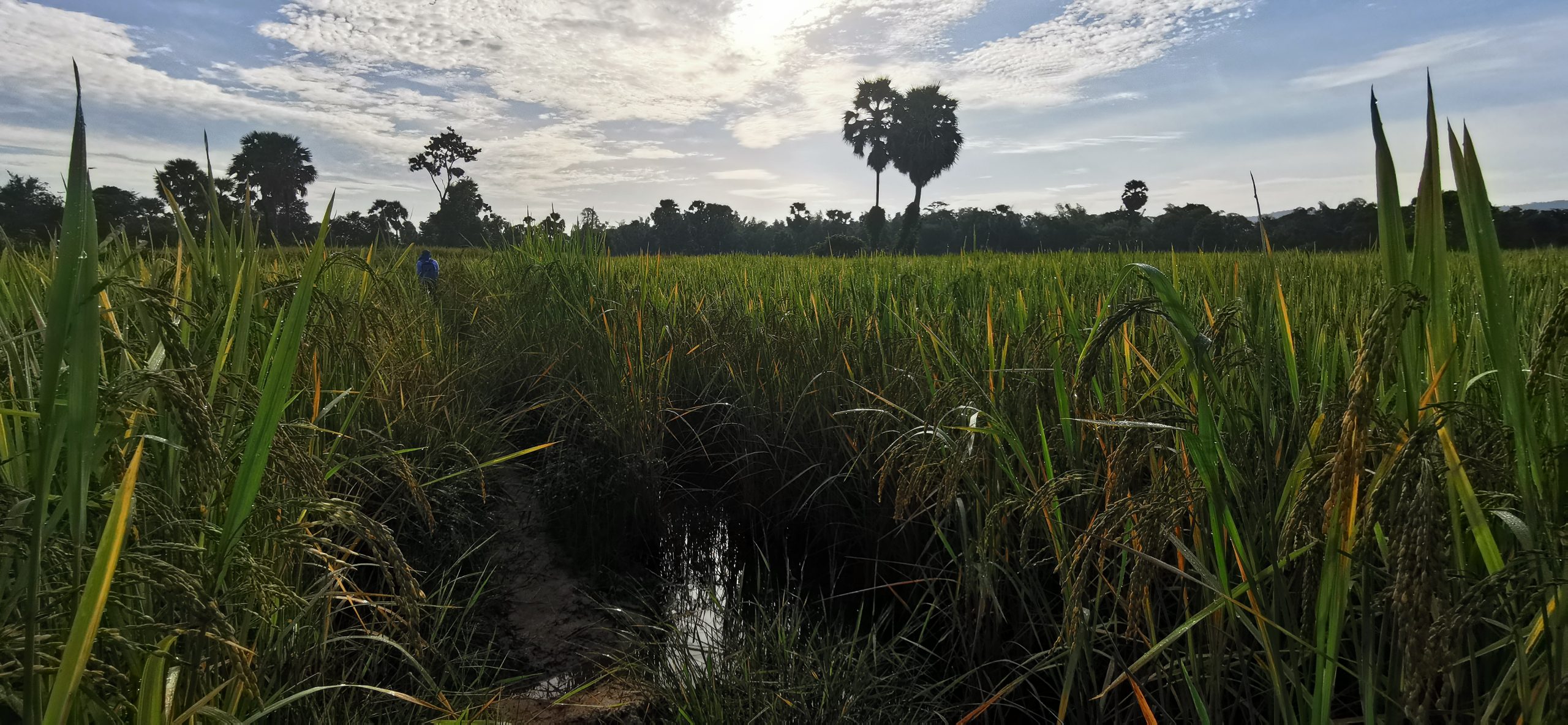Rice and One health



The concept of ‘One Health’ refers to a collaborative and transdisciplinary approach aiming to optimal health outcomes recognizing the interconnection between people, animals, plants, and their shared environment. It is useful to crop production for various reasons, such as the lessons from One Health experience for zoonotic diseases for plant disease surveillance, prediction, prevention and control (Morris et al 2021).
For rice production, this concept refers to agricultural practices that:
-
Protect farmer’s and consumer’s health (e.g. pesticide reduction),
-
Reduce environmental impact (e.g. limit methane production), and
-
Control rice biotic and abiotic stresses, including disease surveillance and prevention.
